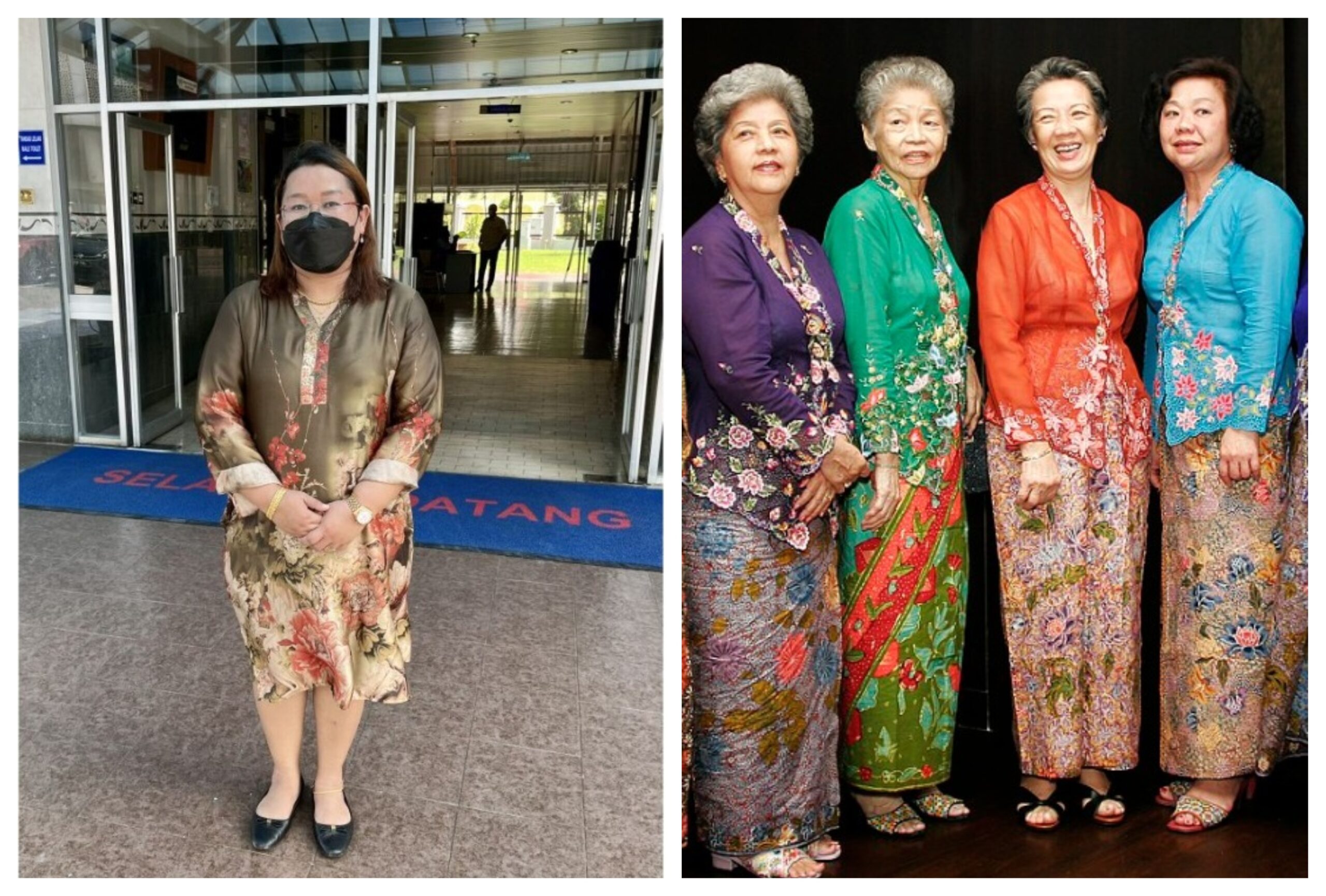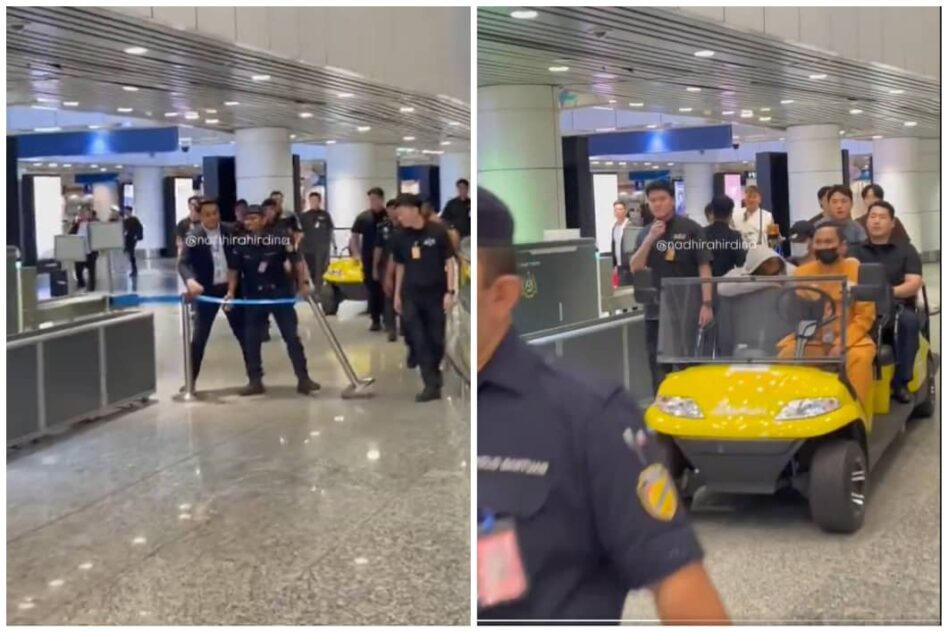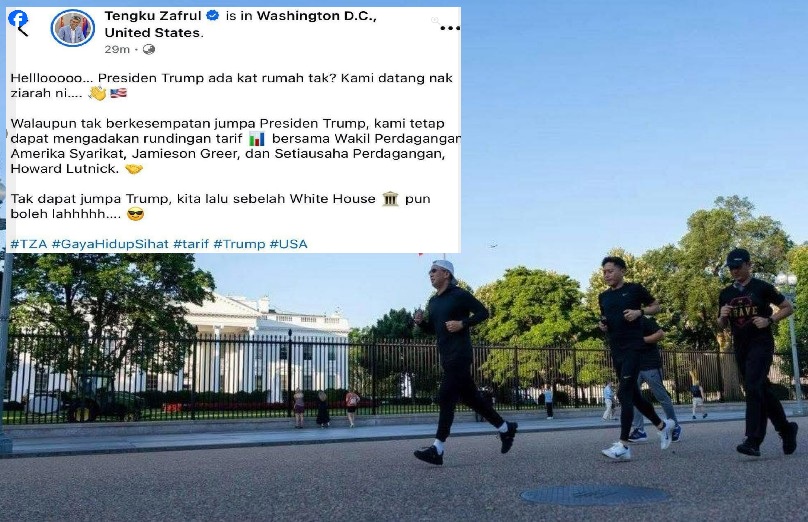REMEMBER the saronggate incident of June 9, 2015 which led to the Road Transport Department (JPJ) having to issue a formal apology to sarong victim Suzanne GL Tan who was handed a sarong to cover her legs by the Wangsa Maju JPJ office?
Fearing that she would not be able to get approval for the transfer form for a car she had just sold, Tan had meekly abided by the instruction to cover up the lower part of her body.
But Tan’s Facebook posting went viral, sparking anger and disbelief, which ultimately prompted the then-Transport Minister Datuk Seri Liow Tiong Lai to deny the existence of a sarong policy or an unnecessary dress code guideline to inconvenient visitors at JPJ branches.
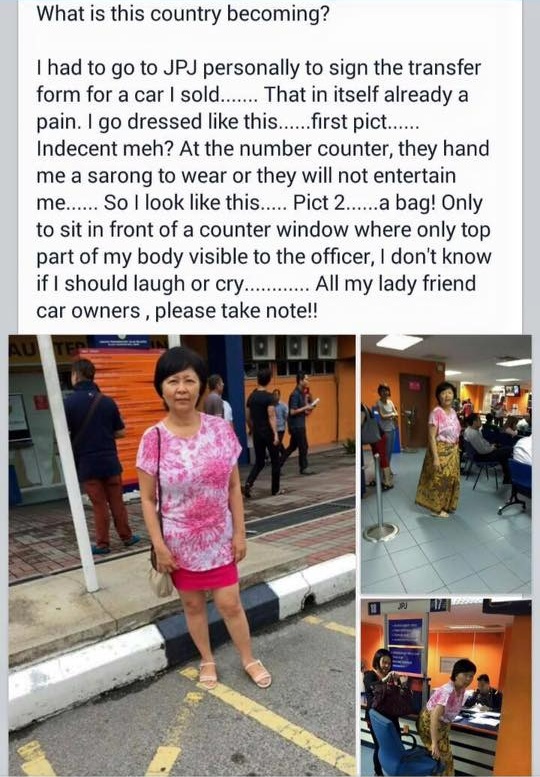
The then-deputy Datuk Abdul Aziz Kaprawi went on to say that the Transport Ministry had come to a consensus that security guards, including those from Rela, would no longer be allowed to instruct the public to cover up.
“Whether the public adhere to a dress code or are wearing appropriate clothing, will be assessed by the government officers working at the counters, not the security guards,” he told the Malay Mail.
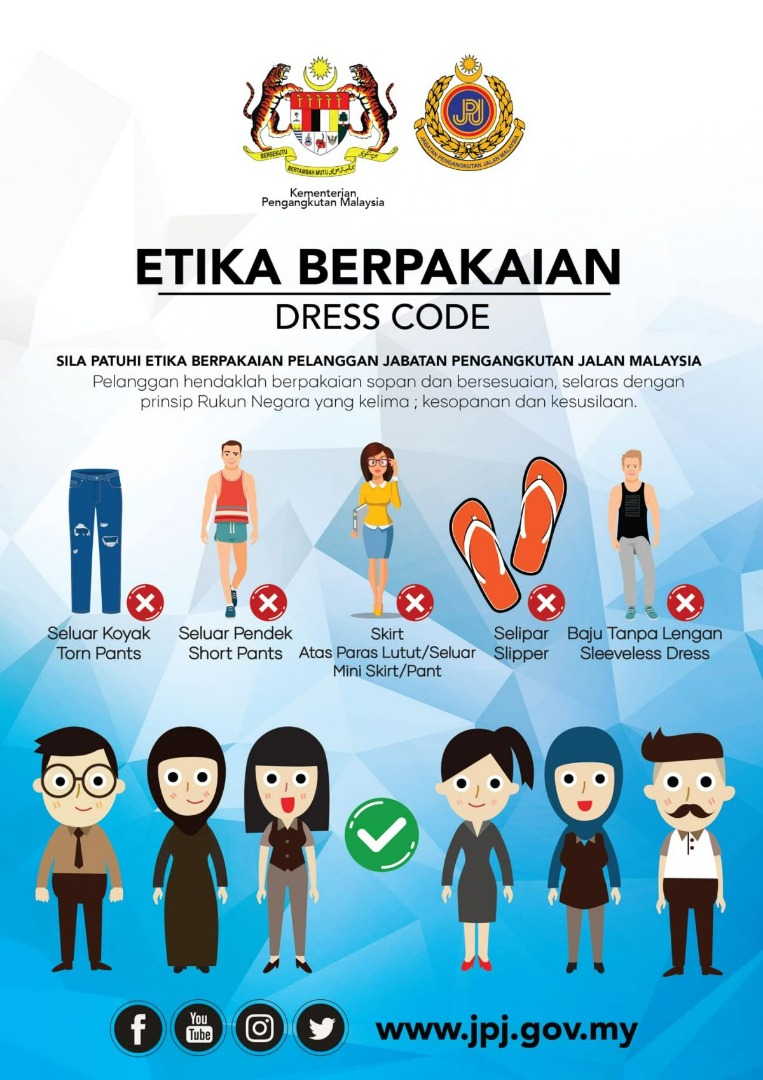
Ironically, the Rela officer responsible for making Tan don a sarong was later awarded a “letter of appreciation” as a morale booster by the then-Rela director-general Lukeman Saaid because she had come under heavy fire after the June 9 incident.
Ever since the saronggate furore, there has been numerous related incidents whereby visitors to hospitals or government agencies were denied entry as they were adjudged to have flouted the existing dress code.
While in most cases, benefit of doubt should be accorded to the security guards on duty, denying Leni Fernandez, 43, (main pic, left) entry into the Wisma Persekutuan in Johor Bahru on Monday (May 9) on grounds that her attire was “provocative and indecent” despite her wearing a long-sleeved below-the-knee dress is surely a bad decision.
“My wife was wearing a long-sleeved dress that ended around 7cm below her knees, with closed-toed shoes yet the male security guard told her ‘Pakaian awak menjolok mata dan tidak sopan’ (your attire is provocative and indecent),” lawyer Norman Fernandez told The Star about his wife who was heading to the government complex canteen for lunch.
“After that, Leni called me and I walked over from my office to learn more about the situation. The guard also insisted that non-Muslims should wear clothes that ended at the ankles or wear trousers at the very least.
“We found this quite bizarre as his job is to man the guard post, not assess people’s attire. I think he was just imposing his own beliefs and moral values on others in deciding what they should or should not wear.”
Well, perhaps the kebaya nyonya (main pic, right) would do the trick but wouldn’t the translucent, figure-hugging dress also break the dress code of most hospitals and government agencies given that the bra or corset of the wearer is often visible? – May 11, 2022
Main pic credit: The Star


